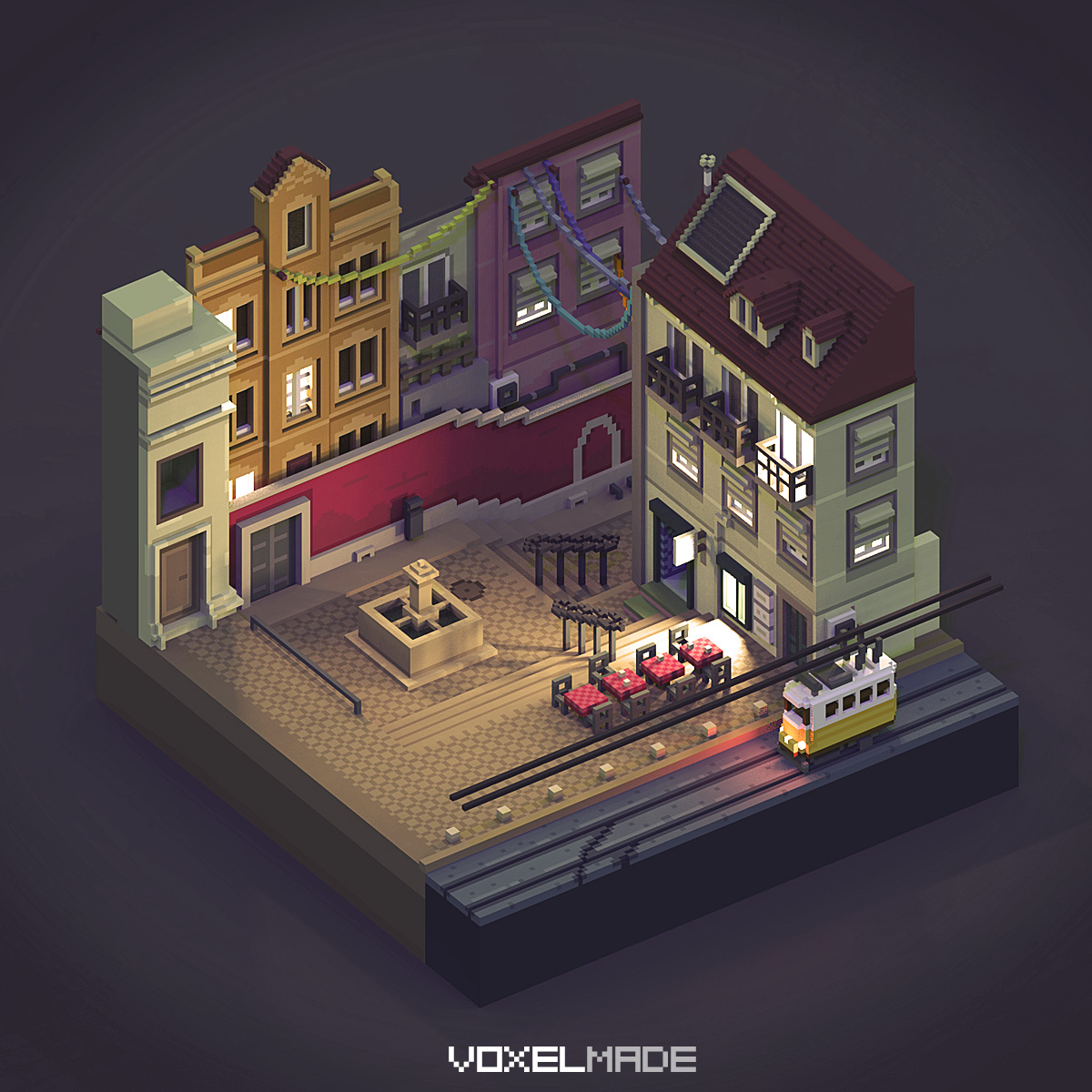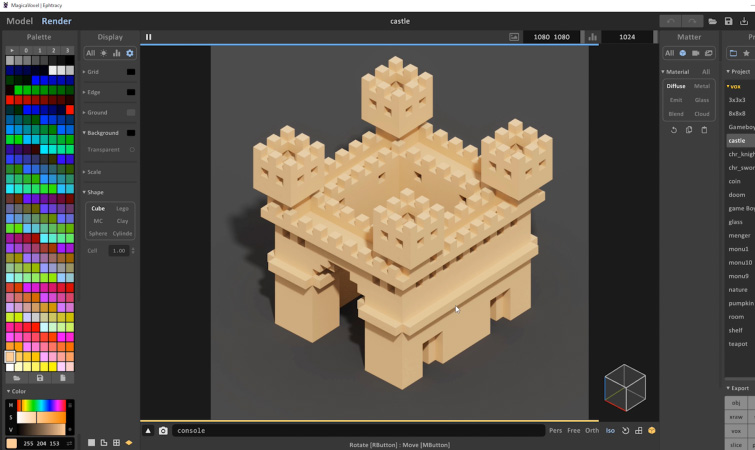


Log errors to C4D Console in addition to log file. The legolizer might be interesting for you convert any arbitrary polygon-based 3D model into a 3D LEGO object. The left model consists of 33.327 quads, the right, optimized model, consists of 10.067 quads. Removed obsolete cache compression option.Ĭhanged default value for Emitter/Fill Object to false. Greedy meshing, polygon reduction or mesh optimization if exported as single object. (C4D) Added support for RealFlow rigid and elastoc particle emitters. This simulation process produces a voxel grid for each frame, which is cached on disk for use by the Volumetric Renderer. For each voxel TurbulenceFD calculates the velocity of the fluid as well as several channels to describe properties like temperature, smoke density, amount of fuel, etc. That means it uses a voxel grid to describe the volumetric clouds of smoke and fire and solves the equations that describe the motion of fluid on that grid. TurbulenceFD’s simulation pipeline implements a voxel-based solver based on the incompressible Navier Stokes equations. That doesn’t have to be the case within Cinema 4D. When people think of voxels, they think complicated systems, volumes, and other technical things. TurbulenceFD исключительно проста в использовании. While there are a couple of ways to develop voxels in C4D, this technique uses the Mograph module and an Effector to create the animation.


 0 kommentar(er)
0 kommentar(er)
